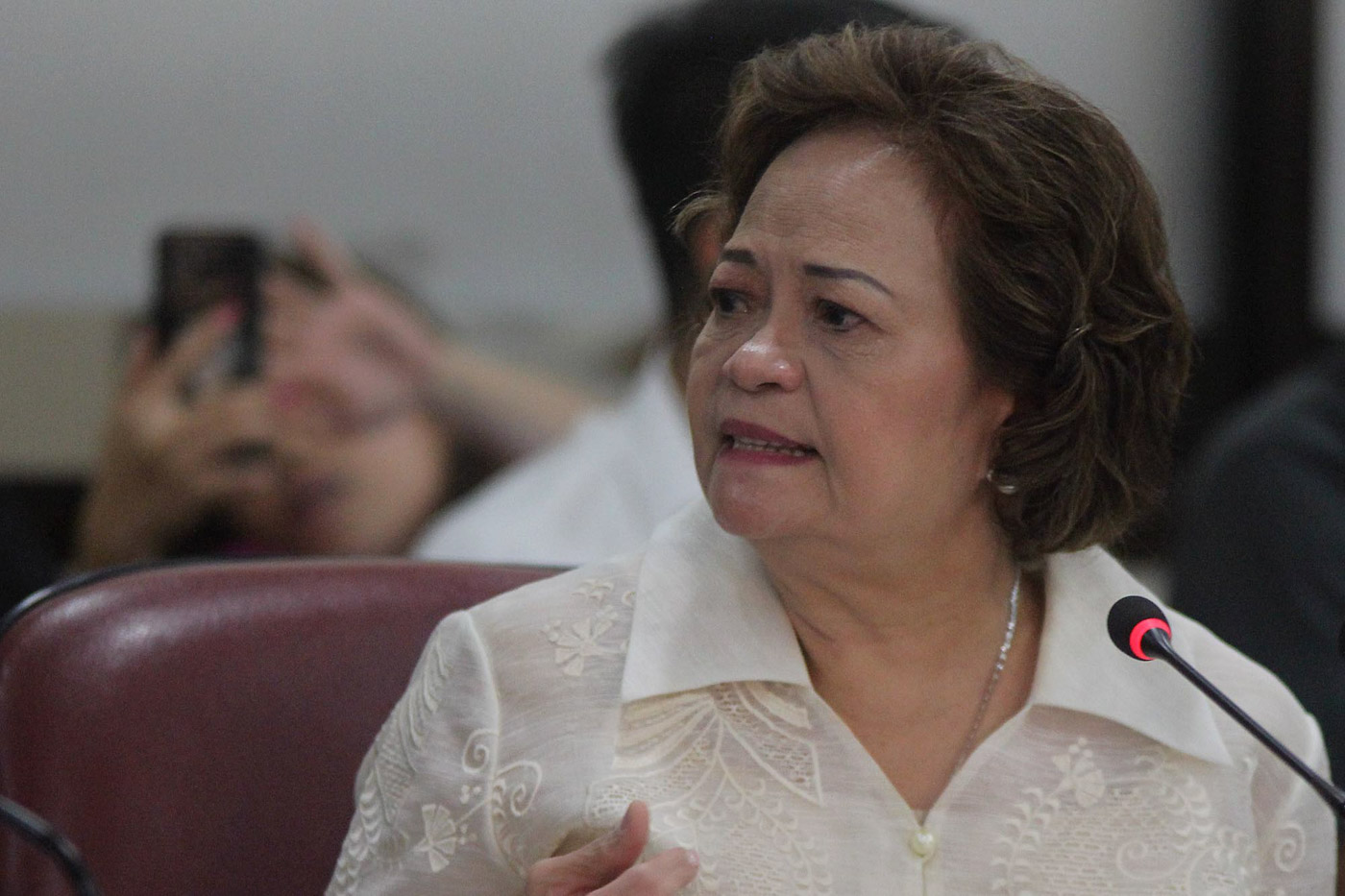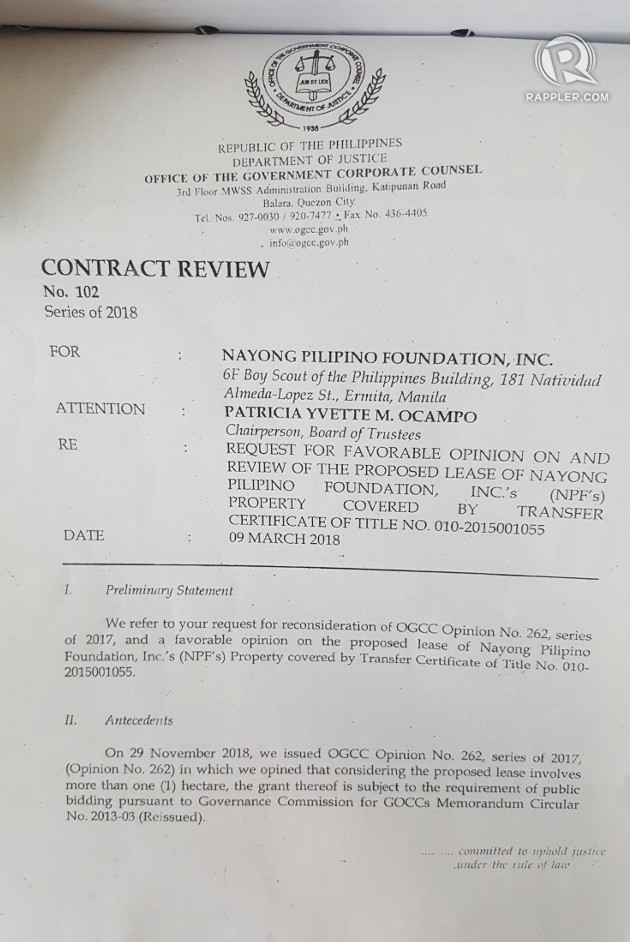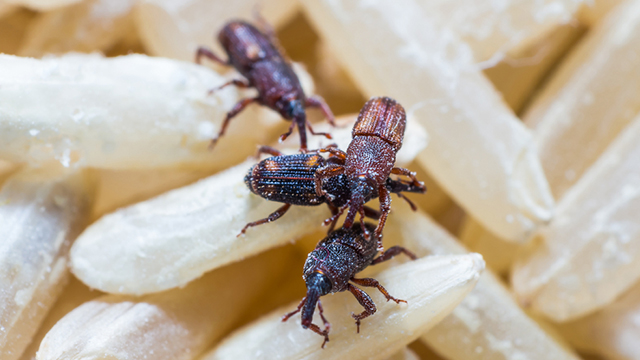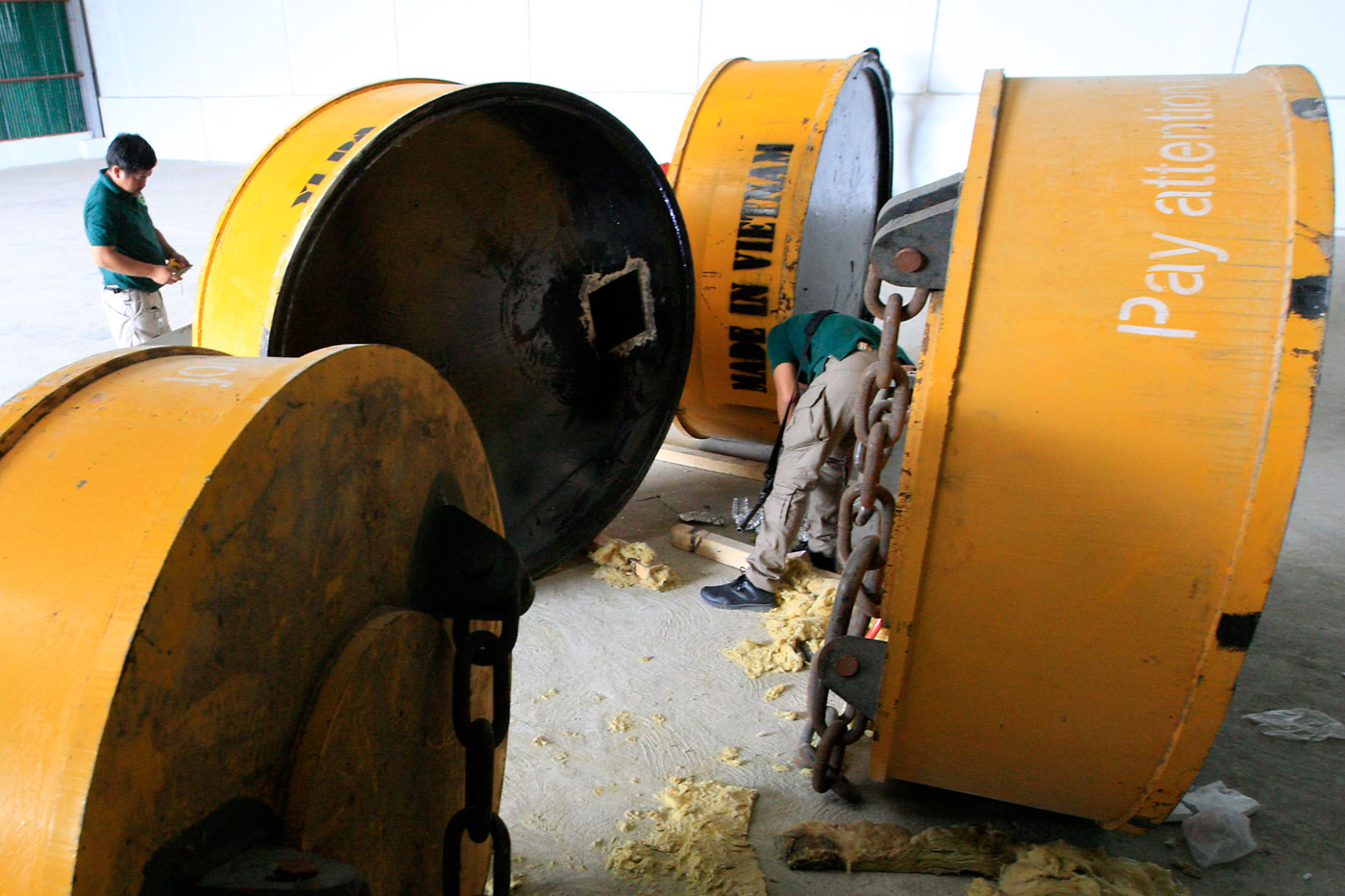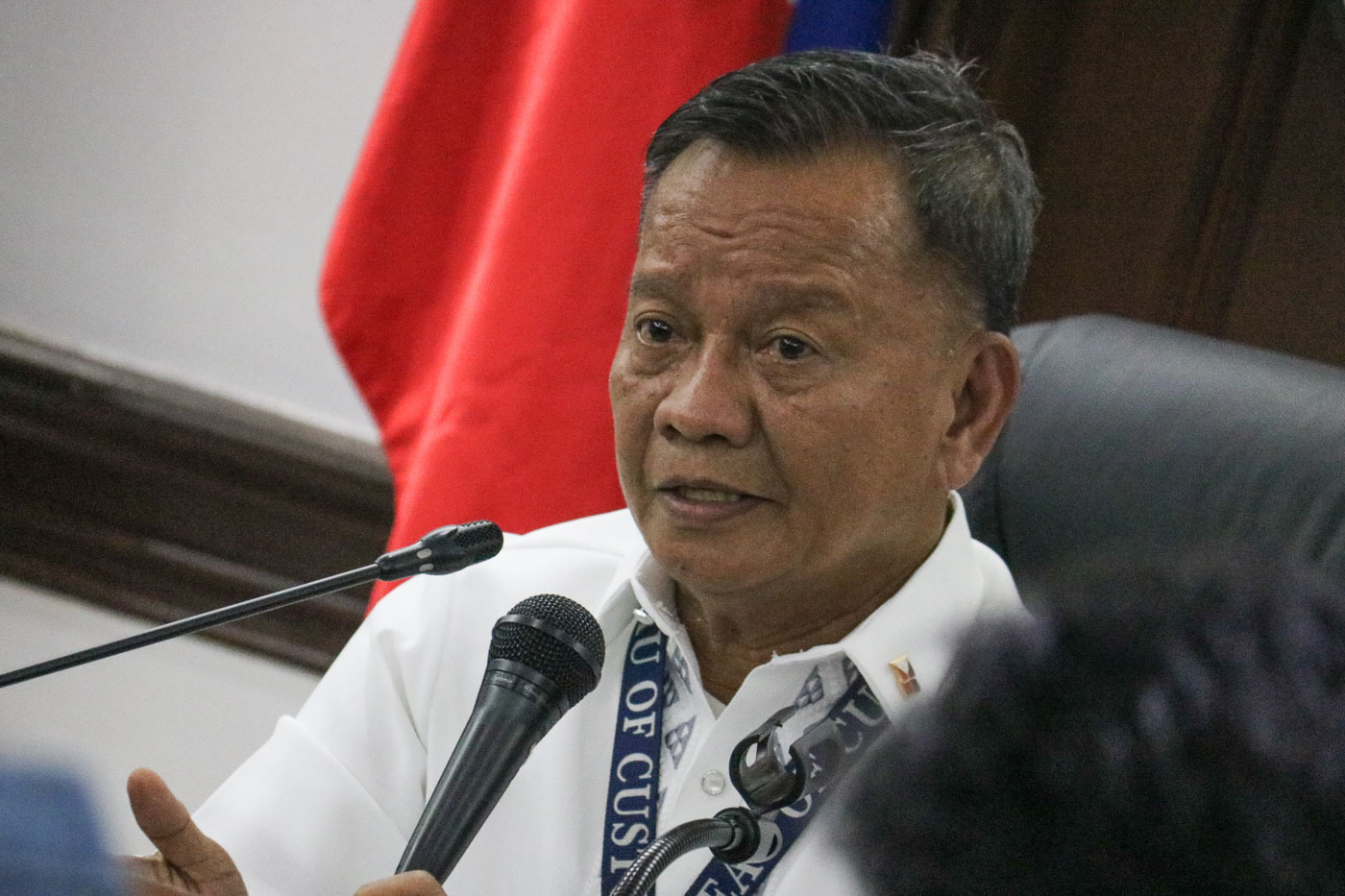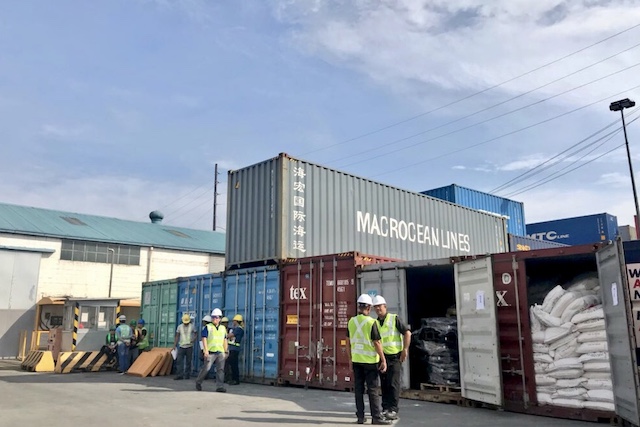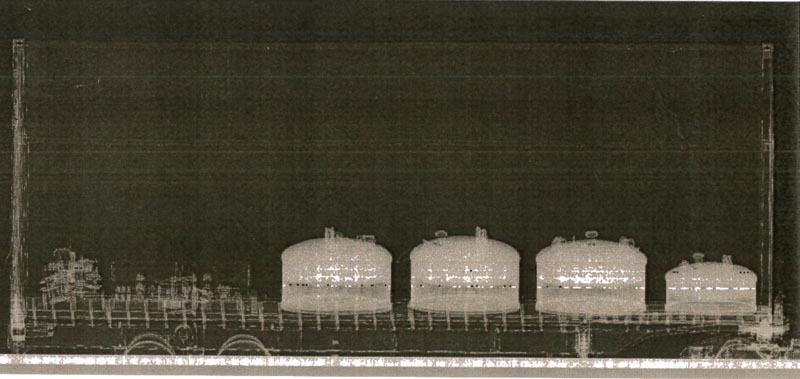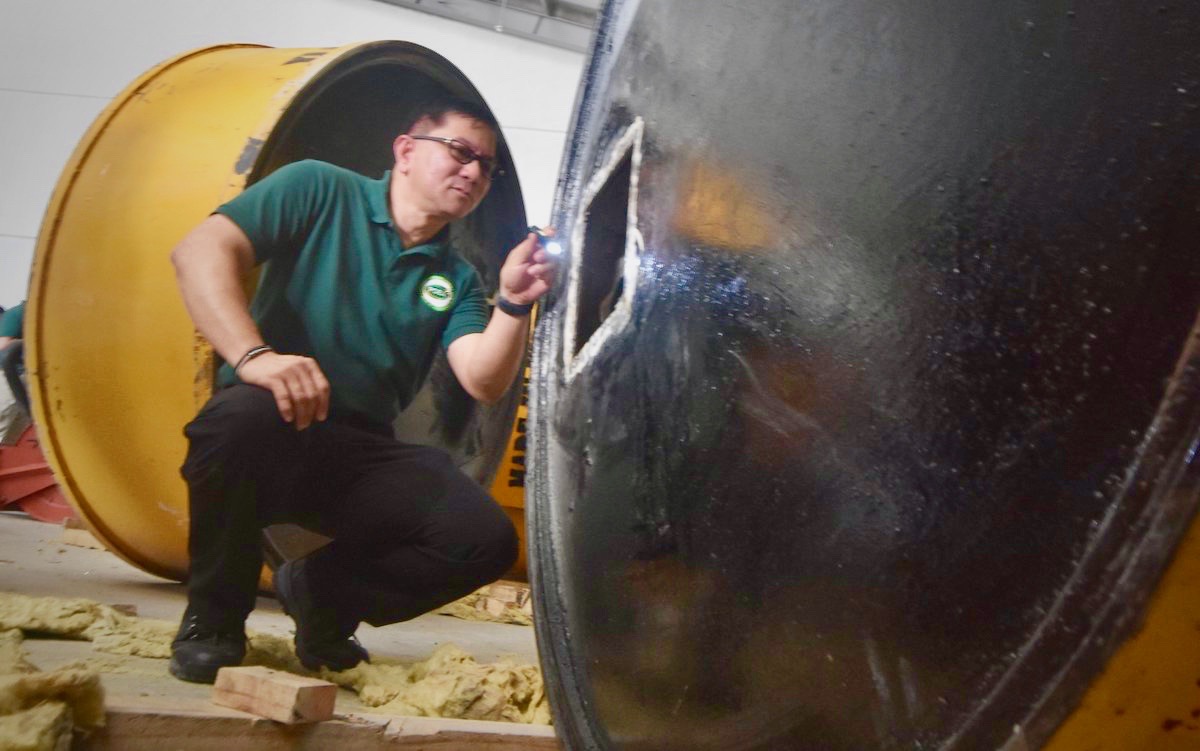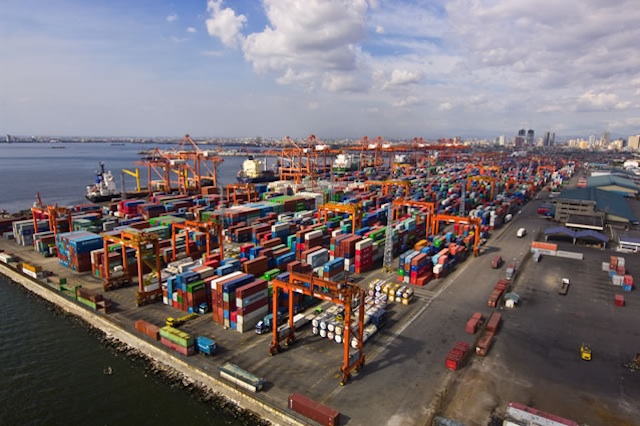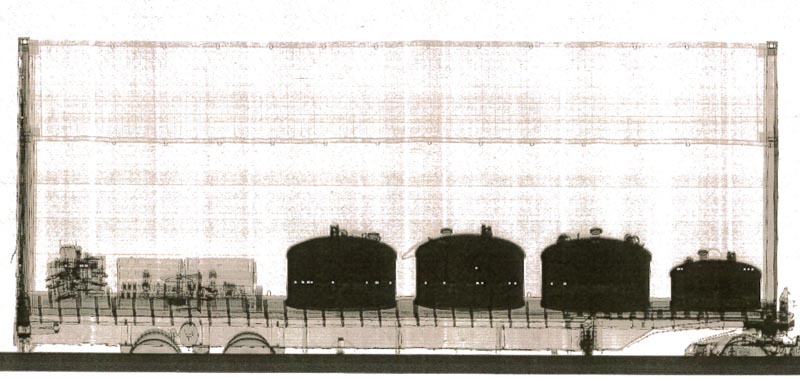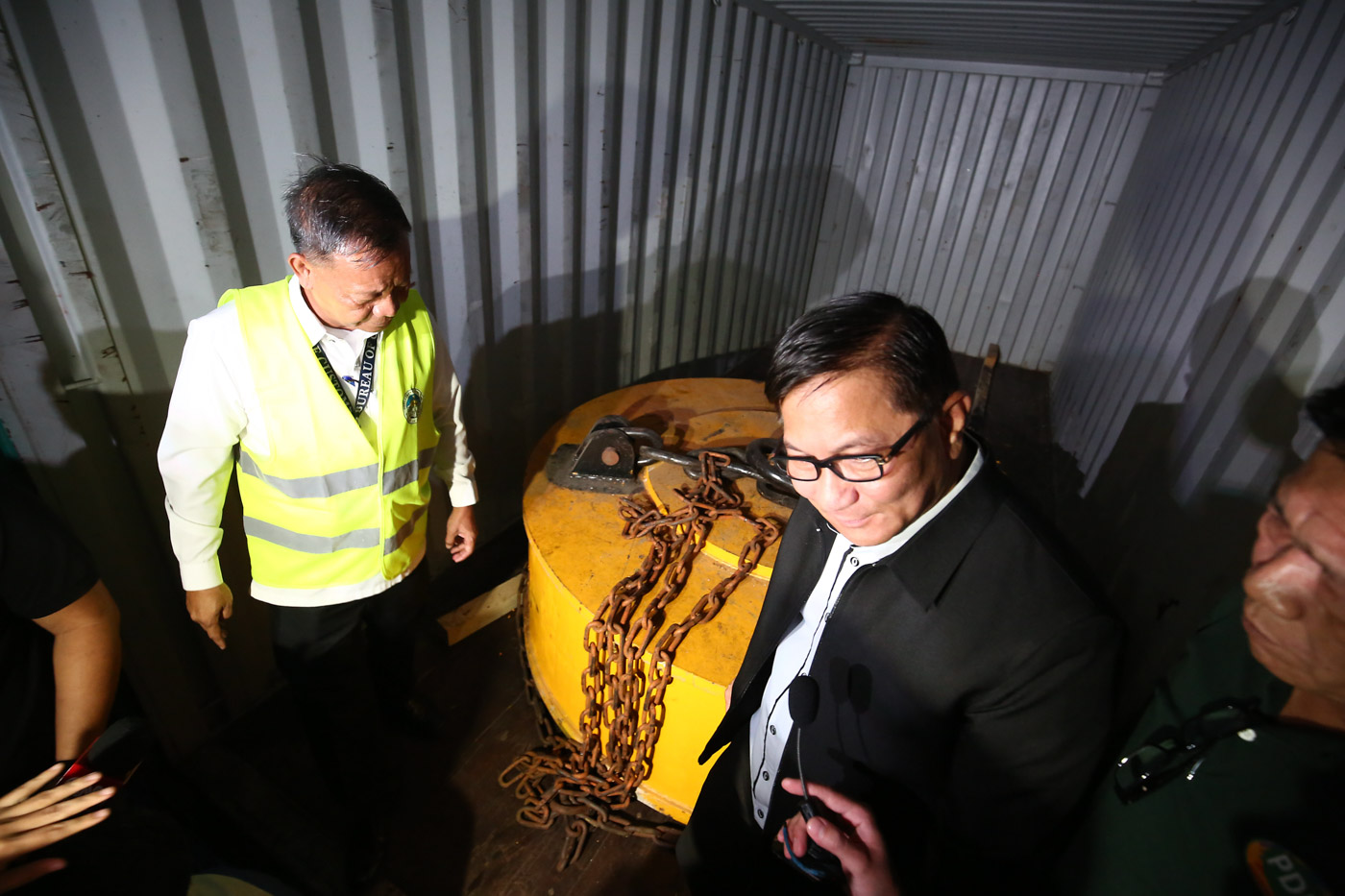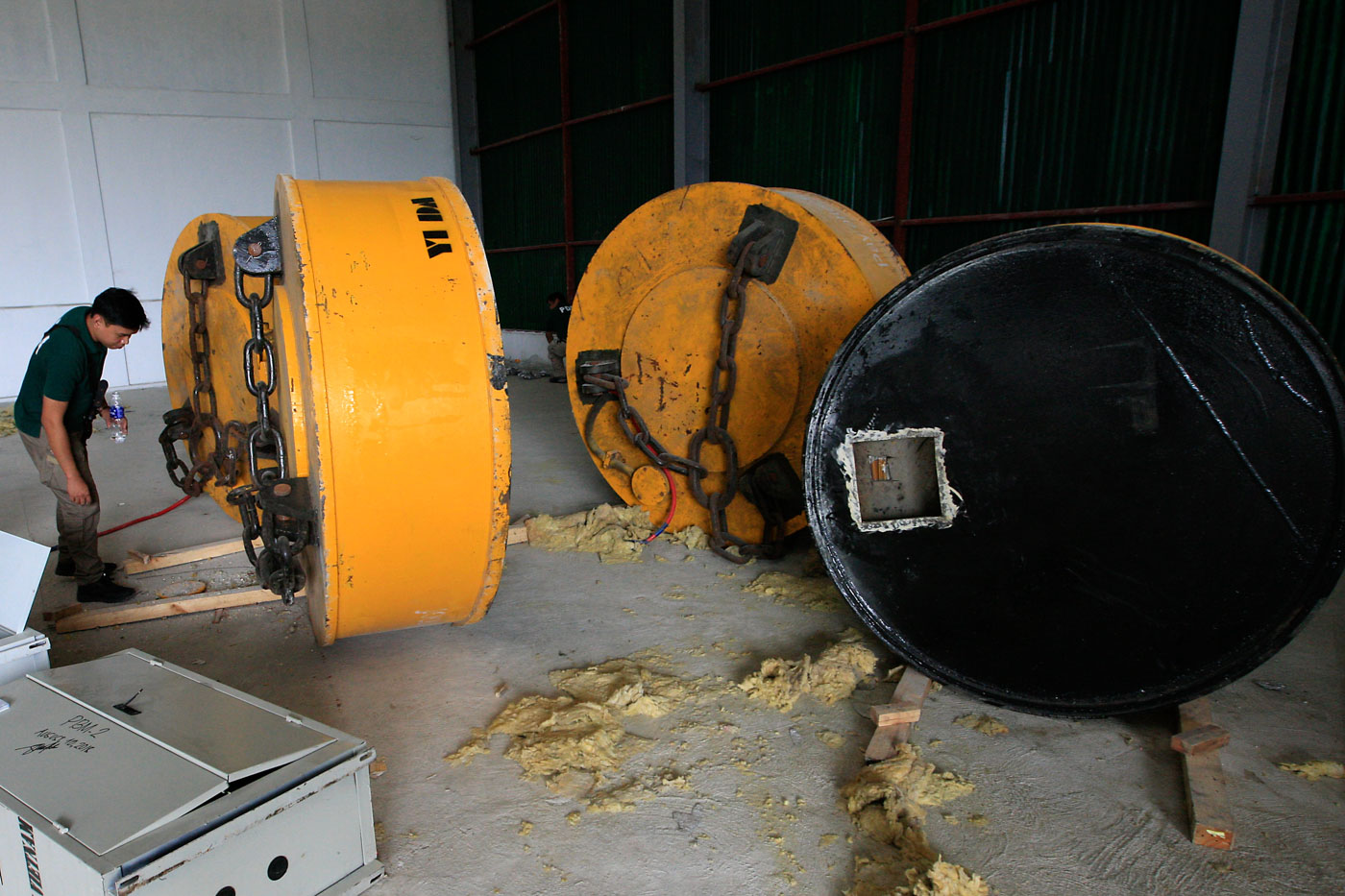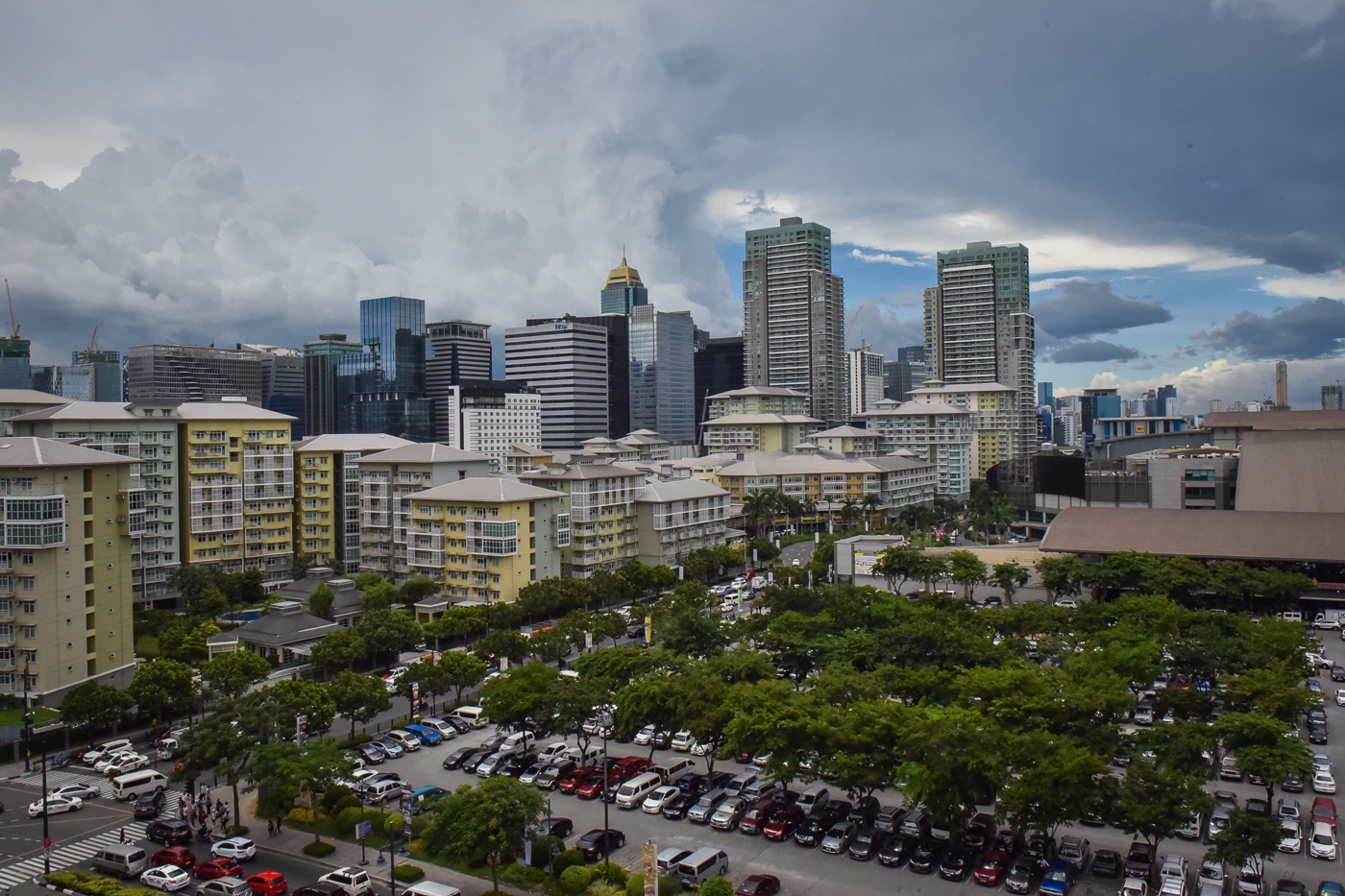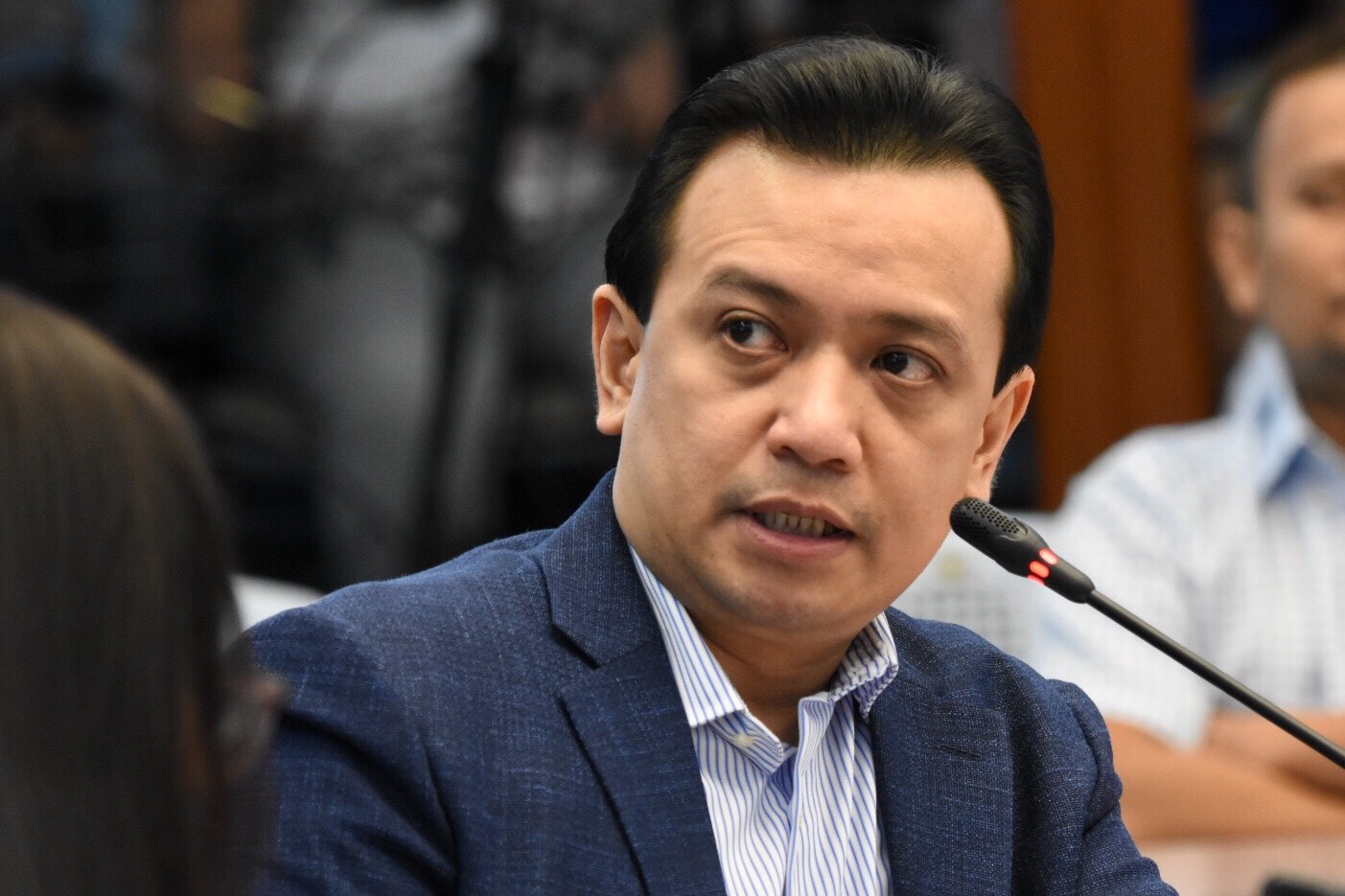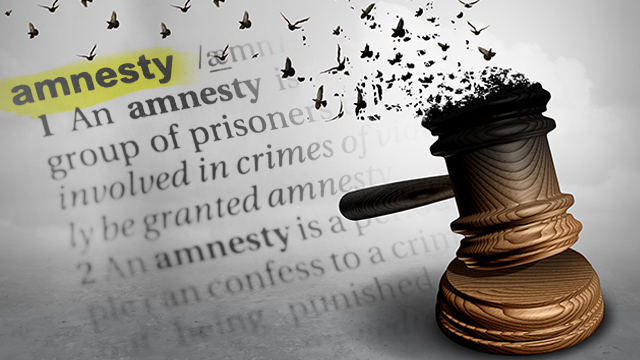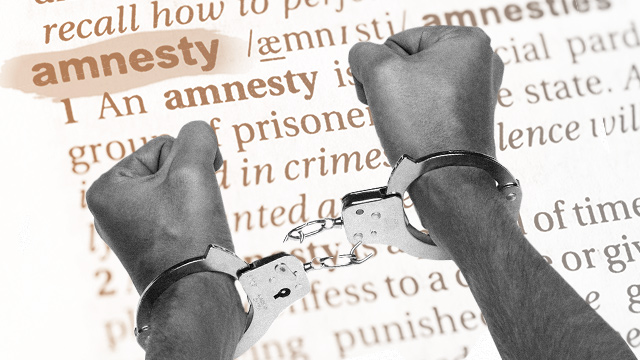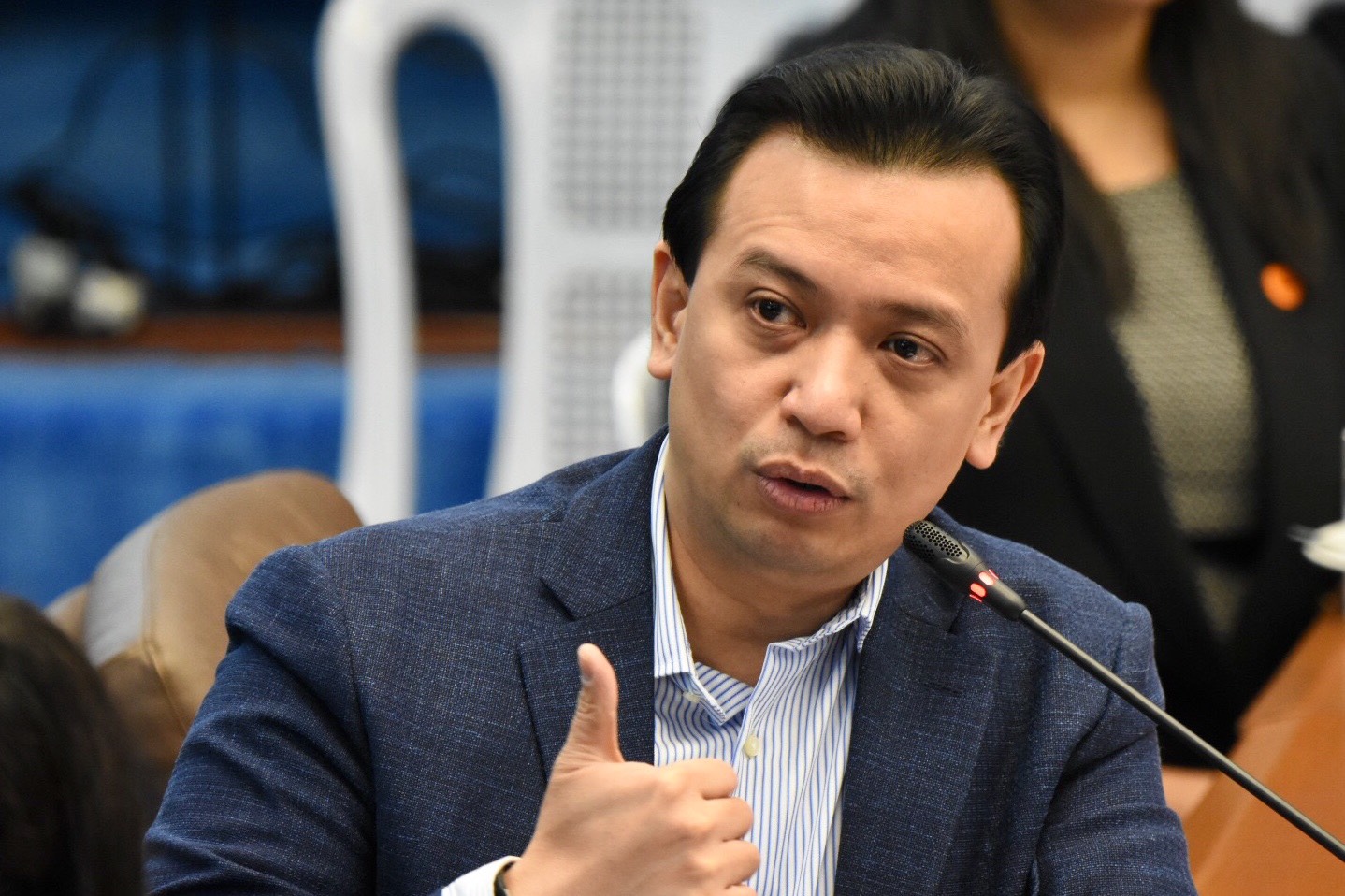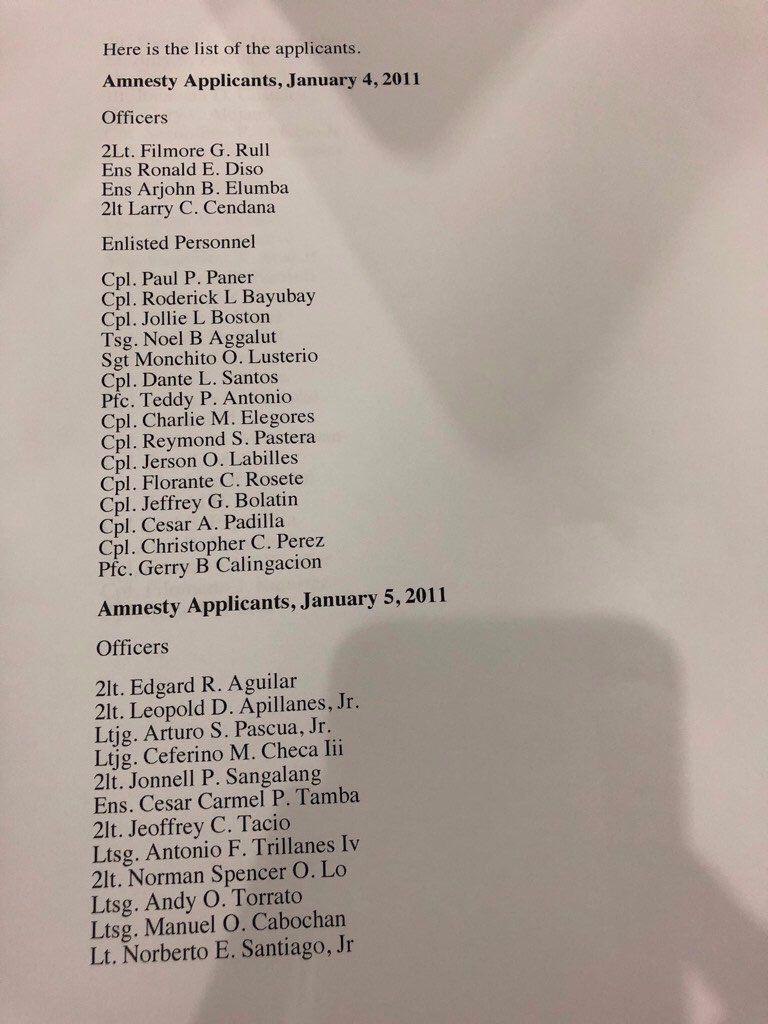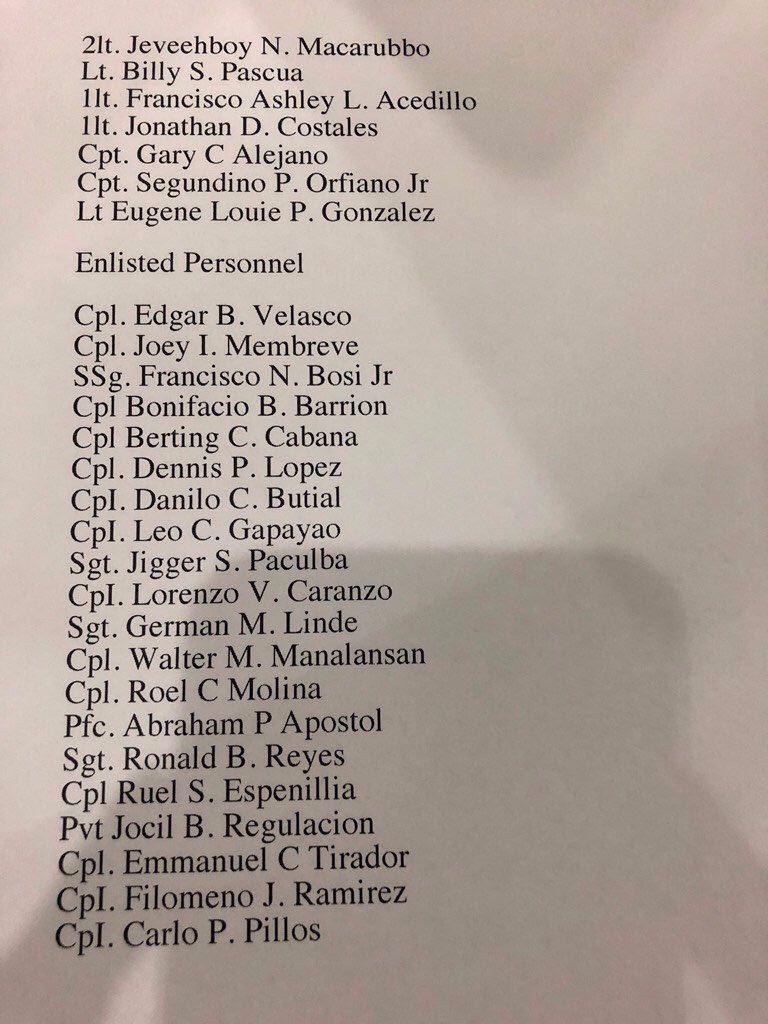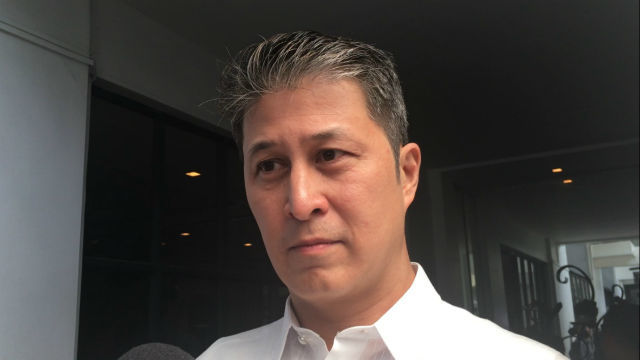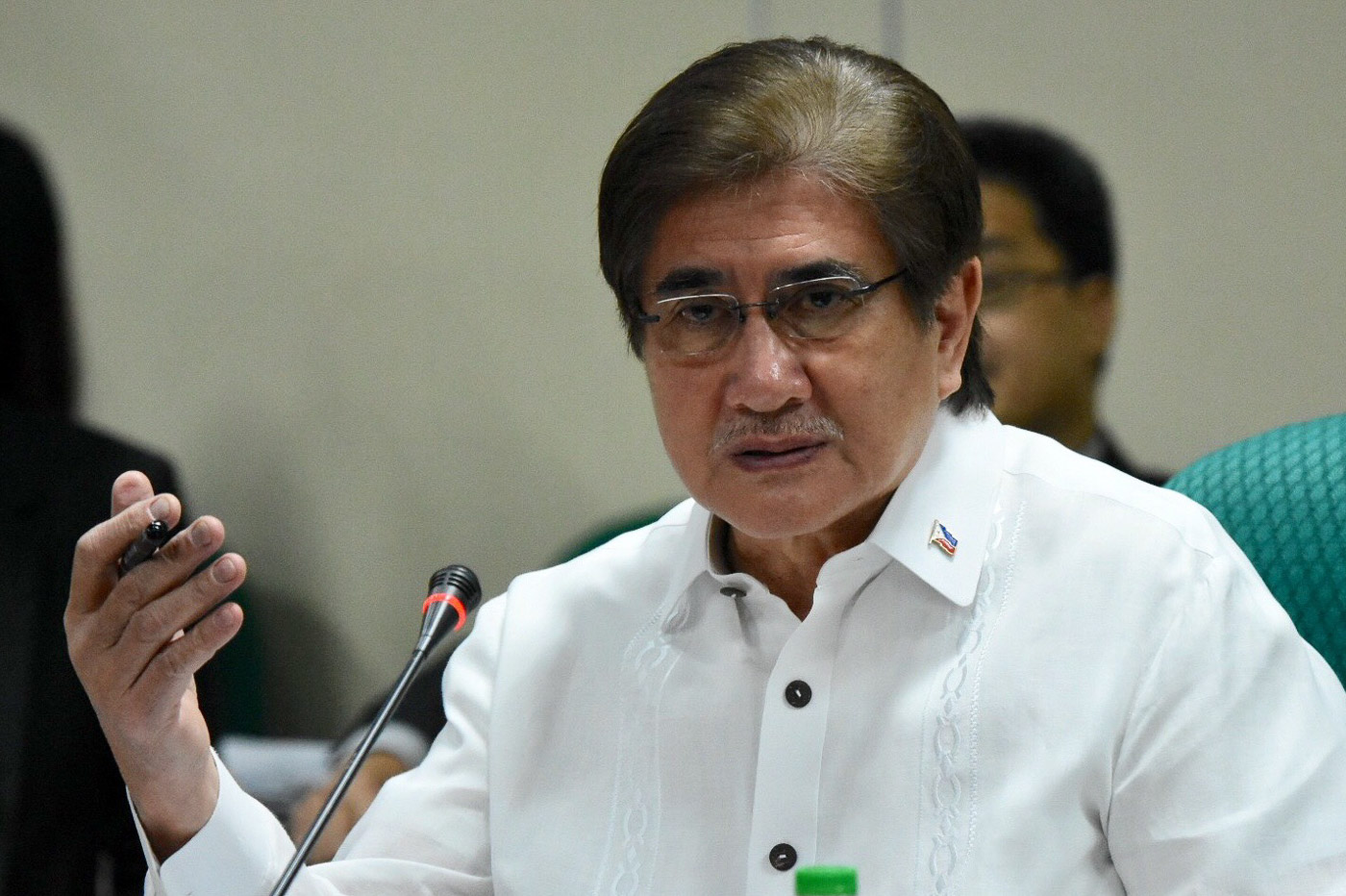MANILA, Philippines – The Philippine National Police (PNP) has been voluntarily rummaging through data on crime statistics of cities across the country and releasing them just to back President Rodrigo Duterte's claim that Naga City – the hometown of opposition leader Vice President Leni Robredo – is a shabu hotbed.
In a span of days, (1) the PNP misread its own data to name Naga as top 5 city in crime volume, (2) retracted what it said to clarify that Naga is actually 16th in crime volume, then (3) released data to insist that Naga has the highest crime rate among all "chartered cities" or cities with City Police Offices.
How could Naga City be 16th in crime volume, but 1st in crime rate? Are the numbers enough to actually justify Naga to be called a shabu hotbed? And what's the difference between crime volume and crime rate?
Here's what you need to know.
What is crime volume? It's the number that totals all crimes committed in an area over a period of time. Crime volume is computed by adding the total number of index and non-index crimes together.
Index crimes are crimes that the PNP considers “serious” and which occur with “regularity” across all cities so much so that its number can become an index or guide to determine how crime-infested an area is.
Index crimes are crimes against persons and property. They consist of murder, homicide, physical injury, carnapping, cattle rustling, robbery, theft, and rape. (READ: Crimes, except homicide, in the Philippines down by 21.8% in 2017)
![Graphic by Alyssa Arizabal/Rappler]()
Non-index crimes are all other illegal acts, usually covered by special laws, like illegal logging and gambling, or by local ordinances like going shirtless and drinking in public. Reckless imprudence resulting in homicides and physical injuries are counted as non-index crimes.
The enactment of ordinances varies per locality, so the PNP does not gauge crime severity by non-index crimes alone.
Crime volume comes in handy for the PNP when it wants to determine if crimes are going up or down, regardless of the number of population in an area.
The crime volume per “chartered city” was the first data set released by the PNP to back President Duterte’s claim that Naga City is a shabu hotbed. Upon checking, the PNP mistakenly said that Naga City had the 5th highest crime volume in the country. It is actually 16th, after Davao City.
{source}<iframe id="datawrapper-chart-c2cbq" src="//datawrapper.dwcdn.net/c2cbq/4/" scrolling="no" frameborder="0" allowtransparency="true" style="width: 0; min-width: 100% !important;" height="423"></iframe><script type="text/javascript">if("undefined"==typeof window.datawrapper)window.datawrapper={};window.datawrapper["c2cbq"]={},window.datawrapper["c2cbq"].embedDeltas={"100":490,"200":423,"300":423,"400":423,"500":423,"700":423,"800":423,"900":423,"1000":423},window.datawrapper["c2cbq"].iframe=document.getElementById("datawrapper-chart-c2cbq"),window.datawrapper["c2cbq"].iframe.style.height=window.datawrapper["c2cbq"].embedDeltas[Math.min(1e3,Math.max(100*Math.floor(window.datawrapper["c2cbq"].iframe.offsetWidth/100),100))]+"px",window.addEventListener("message",function(a){if("undefined"!=typeof a.data["datawrapper-height"])for(var b in a.data["datawrapper-height"])if("c2cbq"==b)window.datawrapper["c2cbq"].iframe.style.height=a.data["datawrapper-height"][b]+"px"});</script>{/source}
What is crime rate? Crime rate is the crime volume relative to the population of a locality.
It is computed by dividing crime volume by the population in an area. The result is then multiplied by 100,000. This formula measures the ratio of the crime to every 100,000 residents.
The PNP usually measures the crime rate over months and takes the average to arrive at the average monthly crime rate (AMCR).
Naga, for example, registered a crime volume of 2,879 from January to July 2018, making it rank 16 out of 36 chartered cities whose crimes are actively monitored by the PNP.
The PNP then released the crime rate tallies of the 36 cities, placing Naga on top with an average monthly crime rate of 202.8 from January to July 2018.
This means that on average, since the start of 2018, 202.8 crimes per 100,000 population of Naga have been committed each month up to July 2018. The data shows that for a small city, Naga has a high crime occurrence.
PNP spokesperson Senior Superintendent Benigno Durana said crime rate is "more accurate" than crime volume, which just compares crime incidents between cities while disregarding their population differences.
Curiously, the PNP still chose to release crime volumes first before the crime rates of cities, despite knowing that crime rates were better figures for comparison.
{source}<iframe id="datawrapper-chart-L8GD4" src="//datawrapper.dwcdn.net/L8GD4/4/" scrolling="no" frameborder="0" allowtransparency="true" style="width: 0; min-width: 100% !important;" height="501"></iframe><script type="text/javascript">if("undefined"==typeof window.datawrapper)window.datawrapper={};window.datawrapper["L8GD4"]={},window.datawrapper["L8GD4"].embedDeltas={"100":593,"200":526,"300":501,"400":501,"500":501,"700":501,"800":501,"900":501,"1000":501},window.datawrapper["L8GD4"].iframe=document.getElementById("datawrapper-chart-L8GD4"),window.datawrapper["L8GD4"].iframe.style.height=window.datawrapper["L8GD4"].embedDeltas[Math.min(1e3,Math.max(100*Math.floor(window.datawrapper["L8GD4"].iframe.offsetWidth/100),100))]+"px",window.addEventListener("message",function(a){if("undefined"!=typeof a.data["datawrapper-height"])for(var b in a.data["datawrapper-height"])if("L8GD4"==b)window.datawrapper["L8GD4"].iframe.style.height=a.data["datawrapper-height"][b]+"px"});</script>{/source}
The problem with crime volume and crime rate: Both crime rate and crime volume still fail to paint a completely accurate picture of crime prevalence in cities.
Both bundle up all crimes in their counts, ignoring that some crimes are graver than others.
This means that cities with low murder and homicide rates can garner higher crime rates simply by having high theft and robbery rates, or having more public smokers caught by cops. (READ: At least 33 killed daily in the Philippines since Duterte assumed office)
Taking Naga as the city with the highest crime rate so far in 2018, does this mean that it has the highest crime rate across the board from murder down to public nudity? No.
A glance at the crime volume statistics from January to June 2018 shows that Naga City placed:
- 17th in homicide
- 32nd in murder
- 28th in rape
- 11th in robbery
Naga City got high numbers in theft, placing 5th, or right after national capital Manila.
This divided crime volume count so far shows that Naga City ranked low in grave crimes against persons like homicide, murder, and rape, but found itself high on the list for robbery and theft, which, in most of its cases, is classified as a petty crime.
The PNP has yet to disclose the breakdown of cities’ crime volumes for a complete picture of crime prevalence in their jurisdictions.
How many of these crimes have been decoded? This question is answered by two numbers kept by the PNP: crime clearance efficiency and crime solution efficiency.
Just as their names already hint, crime clearance efficiency counts how many crime cases have been cleared relative to the crime volume, while the crime solution efficiency tallies crime cases that have been solved relative to the crime volume.
For the PNP, "cleared" means a case has been filed in court, there has been at least one suspect identified, but none have been captured yet.
Solved, meanwhile, means a case has been filed in court, and that at least one suspect has been arrested. When a case is counted as solved, it is also already counted as cleared by the PNP.
These numbers show how effective police respond to crimes perpetrated in their communities.
Naga City placed low at 25th in terms of crime solution with a 66.24%, and landed second to the last in terms of crime clearance with 67.45%.
Davao City clinched the 8th spot for crime clearance with an efficiency rate of 93.98%, and landed 10th place for crime solution with an 86.81% efficiency rate.
{source}<iframe id="datawrapper-chart-cWryB" src="//datawrapper.dwcdn.net/cWryB/1/" scrolling="no" frameborder="0" allowtransparency="true" style="width: 0; min-width: 100% !important;" height="400"></iframe><script type="text/javascript">if("undefined"==typeof window.datawrapper)window.datawrapper={};window.datawrapper["cWryB"]={},window.datawrapper["cWryB"].embedDeltas={"100":467,"200":425,"300":400,"400":400,"500":400,"700":400,"800":400,"900":400,"1000":400},window.datawrapper["cWryB"].iframe=document.getElementById("datawrapper-chart-cWryB"),window.datawrapper["cWryB"].iframe.style.height=window.datawrapper["cWryB"].embedDeltas[Math.min(1e3,Math.max(100*Math.floor(window.datawrapper["cWryB"].iframe.offsetWidth/100),100))]+"px",window.addEventListener("message",function(a){if("undefined"!=typeof a.data["datawrapper-height"])for(var b in a.data["datawrapper-height"])if("cWryB"==b)window.datawrapper["cWryB"].iframe.style.height=a.data["datawrapper-height"][b]+"px"});</script>{/source}
{source}<iframe id="datawrapper-chart-x8eCB" src="//datawrapper.dwcdn.net/x8eCB/3/" scrolling="no" frameborder="0" allowtransparency="true" style="width: 0; min-width: 100% !important;" height="353"></iframe><script type="text/javascript">if("undefined"==typeof window.datawrapper)window.datawrapper={};window.datawrapper["x8eCB"]={},window.datawrapper["x8eCB"].embedDeltas={"100":420,"200":378,"300":353,"400":353,"500":353,"700":353,"800":353,"900":353,"1000":353},window.datawrapper["x8eCB"].iframe=document.getElementById("datawrapper-chart-x8eCB"),window.datawrapper["x8eCB"].iframe.style.height=window.datawrapper["x8eCB"].embedDeltas[Math.min(1e3,Math.max(100*Math.floor(window.datawrapper["x8eCB"].iframe.offsetWidth/100),100))]+"px",window.addEventListener("message",function(a){if("undefined"!=typeof a.data["datawrapper-height"])for(var b in a.data["datawrapper-height"])if("x8eCB"==b)window.datawrapper["x8eCB"].iframe.style.height=a.data["datawrapper-height"][b]+"px"});</script>{/source}
Why counting crime matters: According to security consultant and long-time PNP observer Michael Brown, counting crimes benefits both the police and citizens.
Statistics ideally guide cops, from generals in Camp Crame to local police commanders, in strategizing their approach to curb crime.
“Police should be analyzing that information and using that to allocate resources because they have to figure out which problems are most in need of resources to fight crime the way down to where policemen should be patroling,” Brown told Rappler in a phone interview.
Whether crime volume rises or falls, the police benefit from it, Brown added.
If crimes go down, they can promote their achievement by publishing the numbers, and if the crimes go up, he said cops would have reason to convince local and national officials to fund them for better anti-crime campaigns and facilities.
The PNP anti-drug campaign, for one, has been funded heavily by the government after President Duterte rang the alarm on drug and crime proliferation in the country.
If the police analyze the data correctly and adjust their operations accordingly, Brown said it’s the commuties that would utimately reap the benefits.
Crime data, Brown added, “should be published constantly” so that civilians could also act accordingly. They could, for example, be more careful with their belongings when they go to cities with high theft and robbery rates.
“If the public knows that certain neighborhoods are bad, then they vote with their feet, they don't go to those neighborhoods, and that has an economic impact which ultimately has a political impact,” Brown said.
Do crimes point to drug proliferation? Brown agreed with the PNP that there are drug dependents who commit crimes when they are high, and those who turn to thuggery in hopes of getting a narcotics fix.
But he said it’s already “dangerous” to declare a correlation.
“People commit crimes for a lot of reasons. Some people commit crimes simply because they're hungry and they need money to eat. Other people commit crimes to support a drug habit. Other people commit crimes because it is their way of life,” Brown said.
During a Camp Crame press briefing on Thursday, August 22, PNP Chief Oscar Albayalde said in a mix of English and Filipino, “We all know that those who are perpetrating these crimes against properties are really those also engaged in drug trade, illegal drugs.”
The PNP was asked by reporters for data to directly show which cities are most affected by drugs based on apprehensions for violation of the Comprehensive Dangerous Drugs Act of 2002 or Republic Act 9165.
Albayalde said they are still preparing the numbers. – Rappler.com
Top photo: CRIME CITIES. The Philippine National Police release crime data on cities after President Rodrigo Duterte named Naga City as a shabu hotbed. Graphic by Ernest Fiestan/Rappler; Photos from Wikipedia.
![]()










